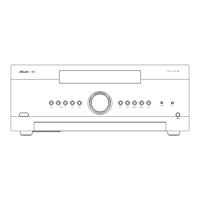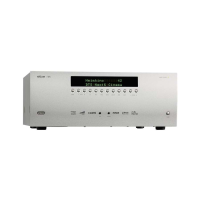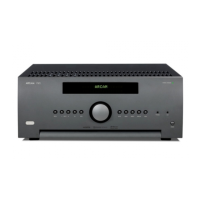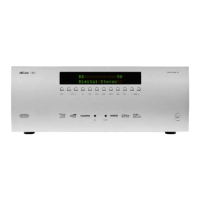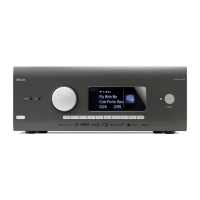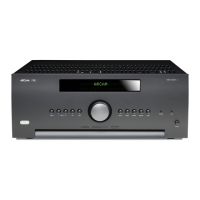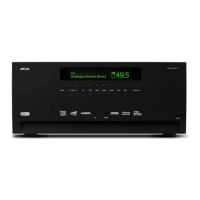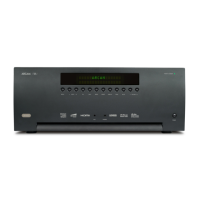Why is the internet radio station sound quality poor on my Arcam Amplifier?
- AAshley GarciaSep 8, 2025
If the internet radio station sound quality is poor or broken on your Arcam Amplifier, check if the radio station has a low bit rate (use the INFO key to find this or look on the OSD) and ensure your network is not slow or congested.
